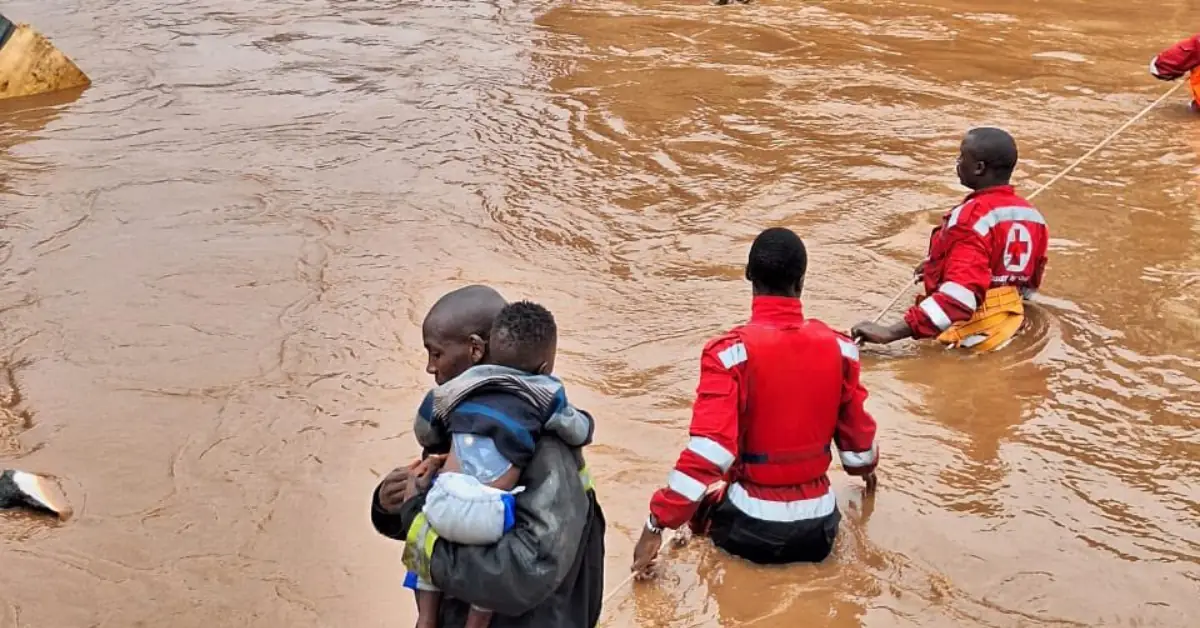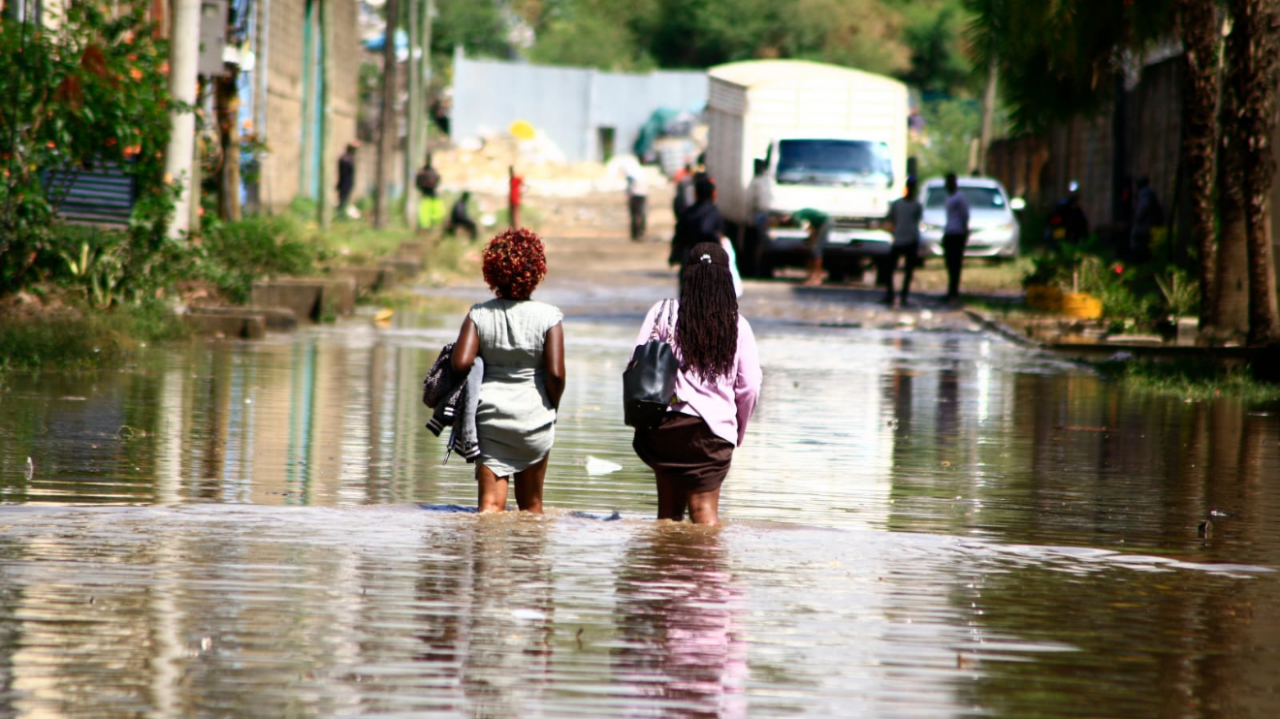
Kenya nairobi flooding – Nairobi, the bustling capital of Kenya, has been grappling with a persistent and devastating problem: flooding. Heavy rainfall, coupled with inadequate drainage systems and poor urban planning, has led to frequent and severe flooding events, causing widespread damage and disruption to the city’s infrastructure, economy, and social fabric.
The impact of flooding in Nairobi is far-reaching, affecting everything from transportation to healthcare. Roads and bridges are often submerged, disrupting traffic and hindering access to essential services. Buildings are damaged, leaving residents displaced and vulnerable. Businesses are forced to close, leading to economic losses and unemployment.
Causes of Flooding in Nairobi
Flooding in Nairobi is a persistent issue attributed to a combination of factors. Heavy rainfall, particularly during the rainy season, poses a significant challenge. The city’s drainage systems are often inadequate, unable to handle the volume of water, leading to overflows and flooding.
Additionally, poor urban planning has resulted in the construction of settlements in flood-prone areas, exacerbating the problem.
Specific Areas Prone to Flooding, Kenya nairobi flooding
- Mathare Valley:This informal settlement is located in a low-lying area and is particularly vulnerable to flooding during heavy rains.
- Kibera:Africa’s largest informal settlement, Kibera is situated on the banks of the Nairobi River and is prone to flooding when the river overflows.
- Huruma:Another informal settlement, Huruma is located in a flood-prone area and has experienced severe flooding in the past.
Impact of Flooding on Nairobi

Flooding in Nairobi has severe consequences for the city’s infrastructure, economy, and social well-being.
Infrastructure Damage
- Roads and Bridges:Flooding often damages roads and bridges, disrupting transportation and causing traffic congestion.
- Buildings:Buildings in flood-prone areas are at risk of structural damage and collapse.
Economic Impact
- Business Disruption:Flooding can disrupt businesses, causing losses in revenue and productivity. li> Infrastructure Repair Costs:The government incurs significant costs to repair damaged infrastructure after flooding.
Social and Health Implications
- Displacement:Flooding often displaces residents, forcing them to leave their homes and seek shelter elsewhere.
- Disease Outbreaks:Stagnant floodwaters can become breeding grounds for mosquitoes and other disease-carrying insects.
- Mental Health Issues:Flooding can cause anxiety, depression, and other mental health issues for affected individuals.
Outcome Summary: Kenya Nairobi Flooding

Addressing the issue of flooding in Nairobi requires a comprehensive and collaborative approach. The government, non-governmental organizations, and community members must work together to implement sustainable solutions that mitigate the risks and impacts of flooding. These solutions may include improving drainage systems, investing in green infrastructure, and implementing early warning systems.
By working together, we can create a more resilient and flood-resistant Nairobi.
Popular Questions
What are the main causes of flooding in Nairobi?
The main causes of flooding in Nairobi include heavy rainfall, poor drainage systems, and inadequate urban planning.
What are the impacts of flooding on Nairobi?
Flooding in Nairobi causes damage to infrastructure, disrupts the economy, and has negative social and health implications.
What is the government doing to address flooding in Nairobi?
The Kenyan government is implementing measures such as improving drainage systems, investing in green infrastructure, and implementing early warning systems to address flooding in Nairobi.





